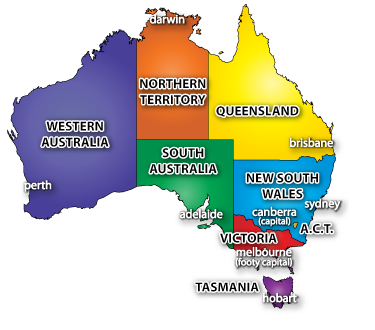Canada
The following Canadian laws protect dogs from abusive people that purposely use training collars, and other punishment methods to cause unnecessary suffering dogs. This law permits owners and trainer to use a variety of training methods including training collars as long as the administer the aversive stimuli have a reason for doing so and the pain a dog may experience during training is necessary for learning.
- In section 445.1 of the Criminal Code of Canada, under Animal Cruelty it is written:
A person who is found guilty of “willfully causing, or being the owner, willfully permits to be caused unnecessary pain, suffering or injury to an animal or a bird” can be sentenced to imprisonment or required to pay a fee.
- Section 23.3.1 of the Prevention of Cruelty to Animals Act of British Columbia states:
“A person must not cause an animal to be in distress.” If found guilty a person can be sentenced to imprisonment for a maximum of 18 months and/or pay a maximum fee of $10, 000. Individuals guilty of an indictable offence are liable to term of imprisonment for a maximum of five years.
Wales
On March 24, 2010 Wales became the first country in the United Kingdom to outlaw the use of shock collars to train dogs and cats (an estimated 20, 000 collars were being used in Wales prior to the ban). Anyone caught using the shock collars are required to pay a maximum fine of $36 411.92 or face six months in prison.
On July 18, 2011 Phillip Pook was the first person in Wales to be charged with illegally using a shock collar to train his dog. He was fined approximately $3641.
Phillip Pook and his dog who being trained illegally with a shock collar
Australia
In Australia it is illegal to import a shock collar through Australian Customs. The states of Australia have different laws regarding the use and availability of shock collars.
A map of Australia divided by states.
South Australia and Australia’s Capital City (ACT on map): electric shock collars are illegal to own and use
New South Wales: Electric shock collars are illegal with the exception of boundary shock collars. Boundary shock collars are not illegal provided the canine invisible boundary is used to confine dogs is only used inside a fence through which dogs cannot pass and is not less than 1.5 meters high.
Northern Territory, Victoria, Queensland and Western Australia: Legal to own and use shock collars
Tasmania: Legal to own and use electric shock collars as long as the animal experiences no pain.






How to end pain compliance with dogs in BC – prong and shock collars